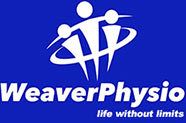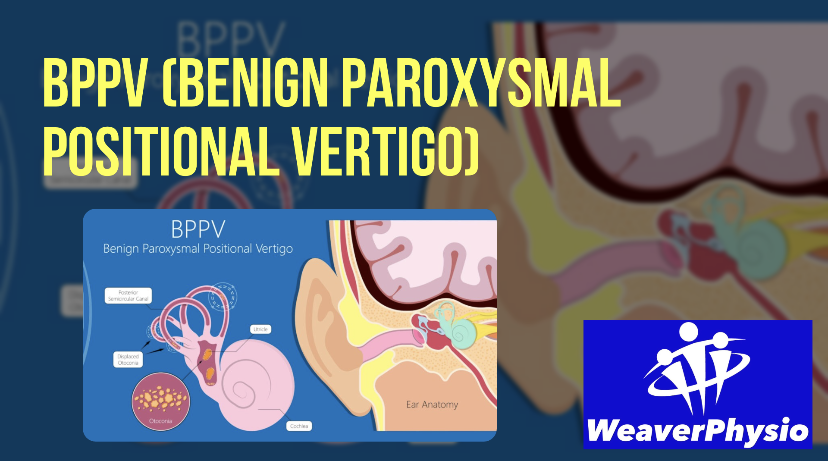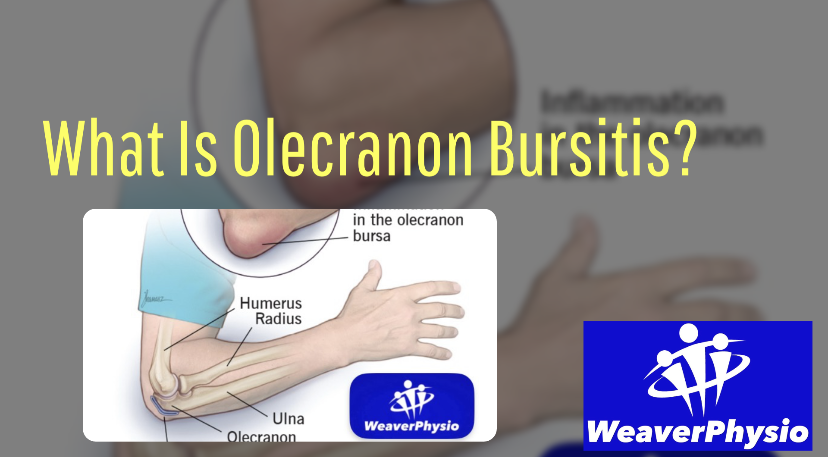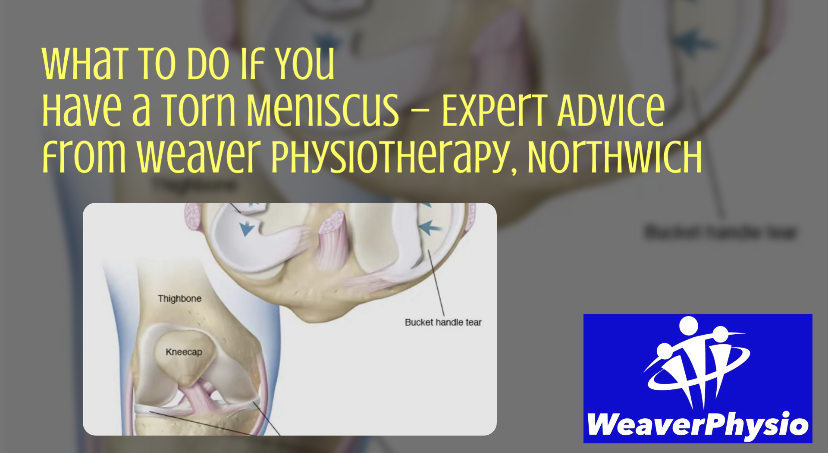The truth about shoulder impingement syndrome
Explained by Cheshire’s Physiotherapy Experts at Weaver Physio
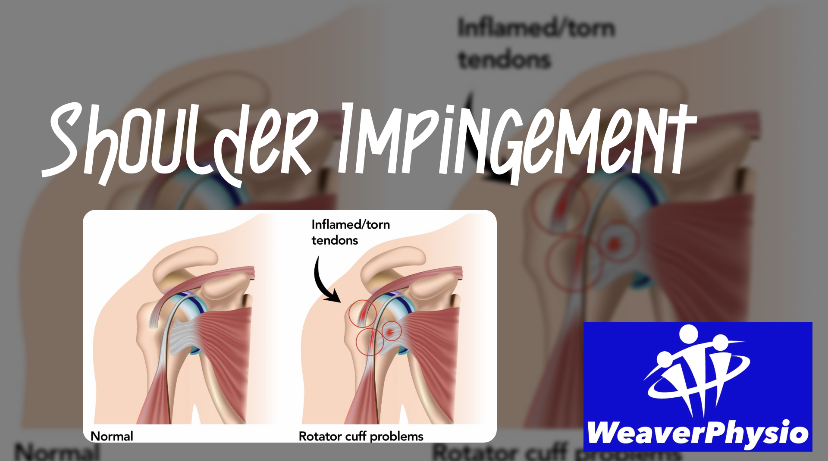
Do you feel a sudden, sharp pain in your shoulder when brushing your hair, reaching for clothes, or washing your back? Does your shoulder hurt only during part of the movement—like when raising your arm sideways and upwards—and then ease off again? This pattern of pain is one of the most common signs of Shoulder Impingement Syndrome (SIS).
At Weaver Physiotherapy & Sports Injury Clinic, based in Northwich, Cheshire, we regularly help people with stubborn shoulder pain regain movement, strength, and confidence. As Cheshire’s leading physiotherapy experts, we believe in treating not just the symptoms, but the root causes.
Here’s what you need to know about shoulder impingement—and how physiotherapy can help you make a full recovery.
⸻
What Is Shoulder Impingement Syndrome?
Shoulder Impingement Syndrome occurs when the tendons of your rotator cuff muscles get compressed or “pinched” inside a narrow area of the shoulder joint called the sub-acromial space. Repeated irritation causes pain, swelling, and reduced movement.
You shouldn’t feel impingement during healthy shoulder motion. When the tendons or surrounding bursa (a fluid-filled cushion) become inflamed, it often leads to rotator cuff tendonitis, shoulder bursitis, or even calcific tendonitis—where calcium builds up inside the tendon.
In severe cases, SIS can lead to partial or full tendon tears, often requiring surgery if left untreated.
⸻
A Common But Misunderstood Condition
Shoulder impingement is the most common shoulder disorder, accounting for around 36% of all shoulder-related pain. It’s the third most common musculoskeletal complaint, after back and neck pain.
People aged 45–64 years, particularly women, are more likely to experience it—but it also affects athletes, gym-goers, and manual workers due to repetitive shoulder use.
⸻
What Causes Shoulder Impingement?
Most commonly, shoulder impingement results from repetitive overhead movements—which is why it’s often referred to as Swimmer’s Shoulder or Thrower’s Shoulder. However, even basic activities like hanging laundry, painting, or working at shoulder height can trigger it.
There are two primary causes:
1. Primary (Structural) Impingement
A physical narrowing of the sub-acromial space, often due to:
• Bony spurs from osteoarthritis
• Anatomical differences in shoulder shape
• Thickened or degenerated tendons from chronic irritation
2. Secondary (Functional) Impingement
Caused by poor posture, muscle weakness, or instability in the shoulder blade or rotator cuff. Common contributors include:
• Slouched upper back (thoracic kyphosis)
• Weak scapular stabilisers
• Poor shoulder blade positioning
• Overuse or muscle imbalances
Over time, repeated impingement thickens tendons, reduces circulation, and leads to tendinosis—a degenerative condition requiring long-term management.
⸻
What Are the Symptoms?
Typical symptoms of SIS include:
• Pain during arm elevation, especially around shoulder height or overhead
• Pain radiating from the shoulder to the elbow
• Discomfort lying on the affected shoulder
• Disturbed sleep
• Weakness when lifting or reaching
• Difficulty putting on jackets or reaching behind your back
• Painful or restricted movements like reaching for a seatbelt
⸻
Who’s Most at Risk?
You may be more likely to suffer shoulder impingement if you:
• Play sports like tennis, swimming, golf, or throwing events
• Perform overhead lifts at the gym
• Work in jobs involving repetitive overhead work (e.g. electricians, decorators)
• Have poor posture or previous shoulder injuries
• Are aged 45+ and physically active
⸻
How Is Shoulder Impingement Diagnosed?
At Weaver Physio, our experienced physiotherapists use a combination of:
• Manual clinical tests
• Postural and movement analysis
• Strength testing
• Referral for ultrasound or X-ray (if needed)
Imaging can confirm associated conditions like bursitis, rotator cuff tears, or calcific deposits.
⸻
What Does Expert Physiotherapy Involve?
Effective treatment starts with understanding the mechanics of your shoulder. At Weaver Physio, we carry out a full assessment to identify:
• Movement restrictions
• Muscle imbalances
• Postural dysfunction
• Involvement of the thoracic spine, shoulder blade, and neck
Rehabilitation focuses on restoring healthy shoulder mechanics step by step.
Key Stages of Shoulder Impingement Rehabilitation:
1. Pain relief & inflammation control
Manual therapy, massage, taping, and modalities like ultrasound help settle irritation.
2. Restoring full shoulder range of motion
Guided mobility techniques ensure your shoulder moves freely without impingement.
3. Scapular control & coordination training
We correct how your shoulder blade moves in relation to the upper arm (scapulohumeral rhythm).
4. Postural re-education
We correct forward head and rounded shoulder posture that contributes to compression.
5. Rotator cuff strength restoration
Targeted strengthening of the rotator cuff and scapular stabilisers.
6. Sport-specific rehab
Agility, proprioception, and power-based training tailored to your activity or occupation.
7. Return to sport or work
We’ll help you transition safely and confidently back to sport, training, or manual tasks.
⸻
How Long Does Recovery Take?
Some people respond quickly to early physiotherapy, but more complex or chronic cases can take 3 to 6 months to resolve. The key is progressive, monitored rehab—rushing through phases too quickly often leads to re-injury and frustration.
Your Weaver Physio clinician will guide you at every stage to ensure safe progression.
⸻
Will I Need a Corticosteroid Injection?
In some cases—especially when pain is severe or persistent—your GP or consultant may recommend a steroid injection to reduce inflammation. However, injections don’t address the underlying causes, so physiotherapy remains essential to prevent recurrence once the pain has settled.
⸻
What Happens If It’s Left Untreated?
Chronic shoulder impingement can cause:
• Frozen shoulder (adhesive capsulitis)
• Tendon degeneration or rupture
• Permanent loss of function
• Ongoing pain, sleep issues, and disability
That’s why early intervention from a qualified physiotherapist is so important.
⸻
Why Choose Weaver Physio?
We’re not just any physio clinic. At Weaver Physiotherapy & Sports Injury Clinic, we’re proud to be Cheshire’s shoulder injury experts. Our experienced team delivers:
✅ One-on-one personalised care
✅ Evidence-based rehabilitation programs
✅ Fast appointment access (no NHS delays)
✅ Specialist hands-on treatments and recovery strategies
From postural correction to rotator cuff rehab, our goal is to restore your shoulder’s full function, prevent recurrence, and help you return to a pain-free, active lifestyle.
⸻
Get Expert Help Today
If you’re struggling with shoulder pain or think you may have impingement, don’t wait. The sooner you start rehab, the faster you’ll recover—and the better the outcome.
Book your assessment with Weaver Physio today and get back to pain-free movement with Cheshire’s leading physiotherapy team.
📍 Located in Northwich, Cheshire
🌐 www.weaverphysio.com
📞 [Insert clinic phone number]
⸻
#ShoulderImpingement #RotatorCuffPain #CheshirePhysiotherapy #WeaverPhysio #NorthwichPhysio #SportsInjuryClinic #ShoulderRehab #PhysioForPainRelief #PostureCorrection #ManualTherapy #ShockwaveTherapy #ShoulderSpecialist #FrozenShoulder #PhysiotherapyExperts #BackToSport #PainFreeMovement

